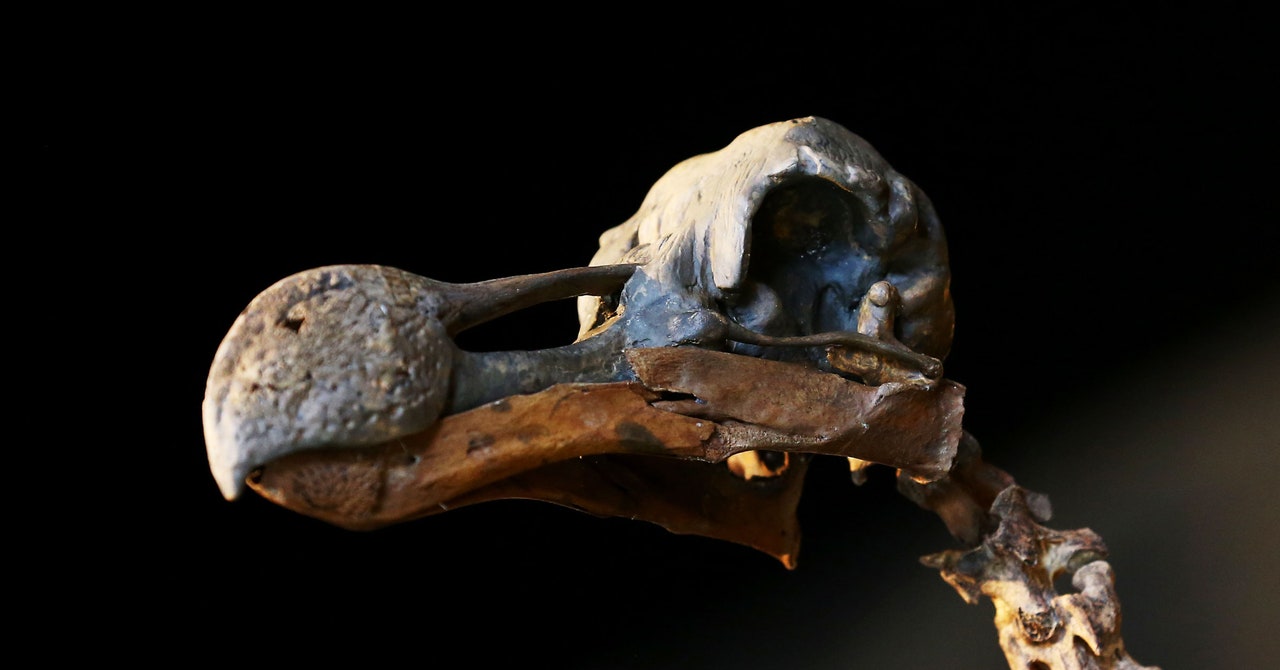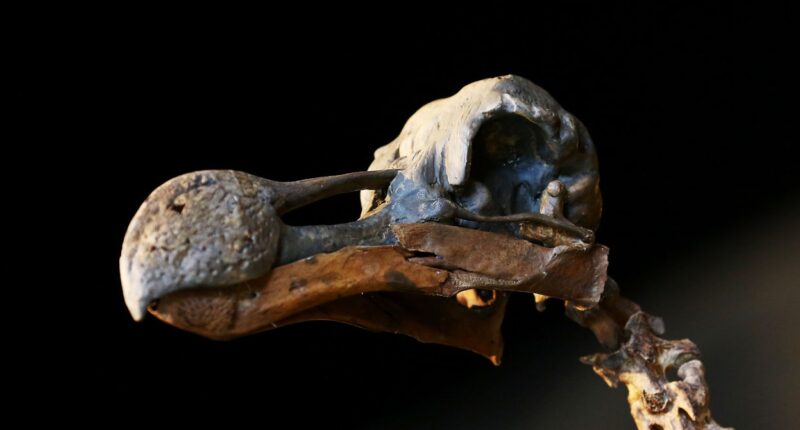

This makes a lot of sense. De-extincting an entire species will require breakthroughs in all kinds of areas: gene editing and sequencing, artificial wombs, and so on. Lamm wants all the technology Colossal develops to have potential applications—and paying customers—in the world of human health care. “That’s fundamental to our technology strategy,” he says.
The founder has a few other ideas for potential revenue streams. One is a way for scientists to rapidly analyze gene-edited cells and check that the edits work as expected. He’s also excited by some of the work that Colossal’s embryology team is working on. “We think this has massive applications across all IVF,” he says. “But whether we’ll spin out an IVF company is unclear. Maybe we’ll just license those technologies or whatnot.”
It’s clear that the potential for new spin-outs is part of why venture capitalists are excited about de-extinction. But the flow of money toward biotech might be subtly reshaping how we think about conservation: Is it about leaving things alone, or modifying species—like Colossal intends to do—so they can survive a world that humans have created? The flow of resources into this sector may change the sorts of conservation practices people engage in, says Ronald Sandler, professor of philosophy and director of the Ethics Institute at Northeastern University in Boston.
“There’s a new set of potential tools here, a new set of possibilities and opportunities,” Sandler says. What isn’t clear is whether these new tools actually address why we’re in the middle of a mass extinction event, or if they just dangle a technological panacea for the problem, which is that humans are consuming much more of the world’s resources than they should. “There’s a risk of losing sight of what the real problem is that really needs to be solved,” Sandler says.
As well as these thorny philosophical questions, Colossal also has to contend with the scientific challenge of resurrecting an extinct bird species. Birds present some unique challenges to de-extinction because it’s much harder to access the genetic information inside bird embryos. Instead, Colossal plans to edit cells that become egg or sperm cells, and then implant those into developing bird embryos. The bird will then grow up with egg or sperm cells that contain the genetic recipe for a functional dodo—or something approaching that. Scientists can then breed these birds with the hope of eventually producing a bird that resembles the dodo.
The dodo work builds on research by Beth Shapiro, lead paleogeneticist at Colossal and a professor at UC Santa Cruz. In 2022, Shapiro produced the first complete dodo genome. “Right or wrong, the dodo is the symbol of manmade extinction,” Shapiro says. Resurrecting the dodo will mean working on its closest living relative, the Nicobar pigeon, which lives on islands and coastlines in Southeast Asia.
But the hope is that these projects could have benefits far beyond single species. “In the process we’re going to be working out some compelling things about life broadly and individual species in depth,” says Tom Chi, founder of At One Ventures, a climate-focused venture capital fund and Colossal investor. He points to the startup’s work on a vaccine for fatal elephant endotheliotropic herpes virus (EEHV) as one example where conservation could still benefit from Colossal’s work, even if it isn’t able to bring back the mammoth.
“We’re living in the old era of conservation right now,” says Chi. “And honestly, we are not winning that game at all.” Developing new tools like de-extinction could finally help conservation to address the sheer scale of species loss happening on Earth right now, he says. “In a deeply thoughtful way we can be folks that really tend to the health of our planet, that really build a deep compassion for other folks as well as others.”
Maybe. But there’s also a danger that de-extinction technology just puts a modern spin on one of the age-old problems of conservation: A few charismatic species are saved while the rest of nature burns. That doesn’t have to be the case. Genetic sequencing is a powerful tool for helping conservationists, and we desperately need to understand more about the animal kingdom. It might just be that the least moonshot-y parts of Colossal’s work are the bits that end up having the biggest impact.









